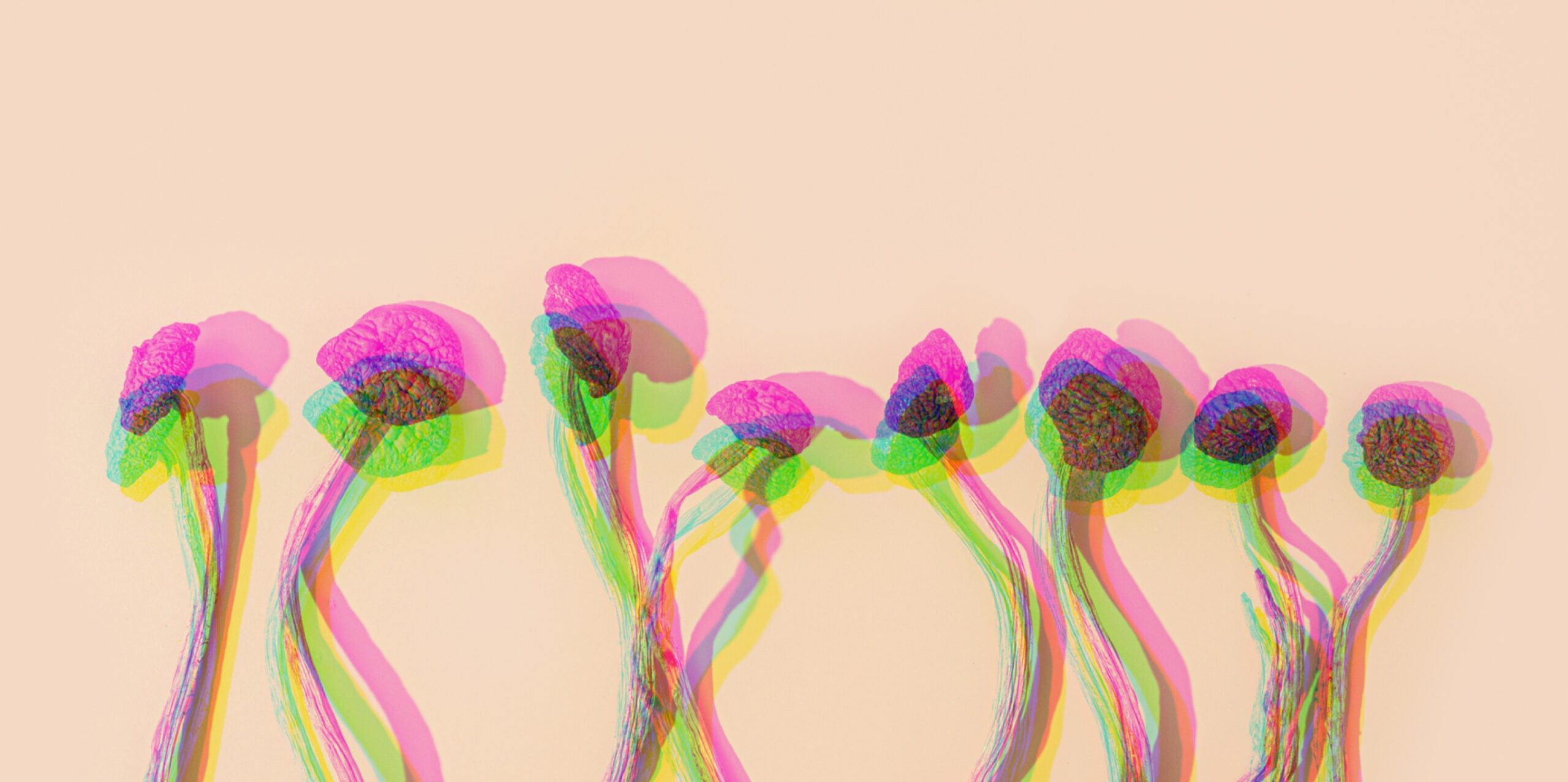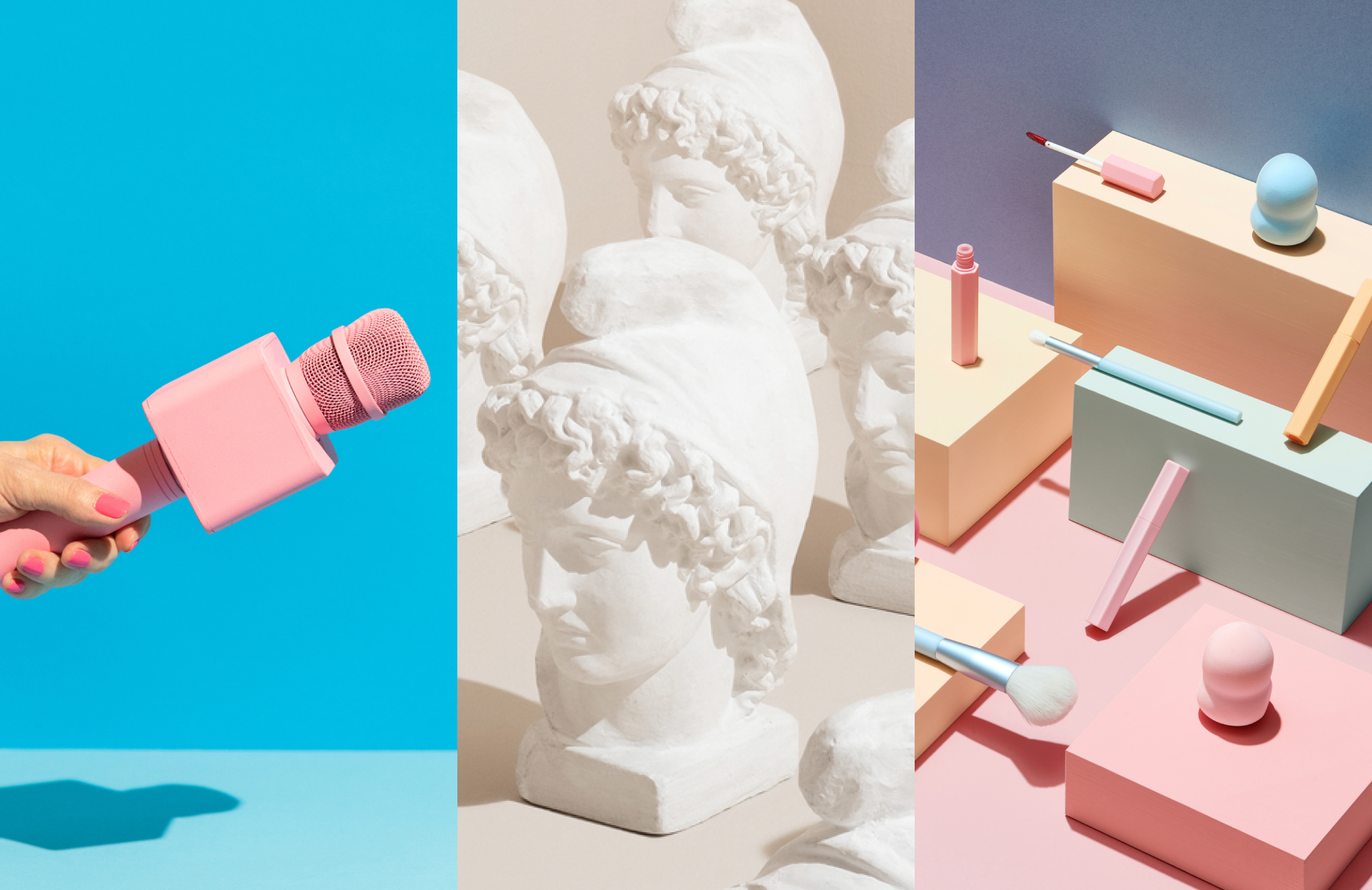Are psychedelics the future of mental wellness? What you need to know about 2 controversial compounds that have increasingly entered the convo

Over the last decade, psychedelics have emerged from the fringes to take up more space in the conversation around mental wellness. Some trends, such as microdosing LSD and psilocybin (the main chemical in magic mushrooms) have reportedly been adopted by Silicon Valley types looking to elevate mood and increase creativity. Others, such as Ayahuasca ceremonies and kambo rituals that involve ingesting the secretion of the giant monkey frog, have been touted by hipsters and the yoga set for their powerful healing effects.
More resources have been poured into clinical studies on the effects of psychedelics on the brain, but the drugs remain largely illegal in the U.S. However, as more people seek treatment for pandemic-related depression and anxiety, will they move beyond a “trend” and into the mainstream for therapeutic uses? Here’s a primer on two controversial compounds that have been thrust into the spotlight lately:
1. Ketamine: So much more than a party drug?
So far, ketamine is the only psychedelic that is FDA-approved and legal to prescribe in the U.S., with multiple studies showing positive benefits when used to treat depression. According to an article by Yale Medicine, “In several studies, more than half of participants show a significant decrease in depression symptoms after just 24 hours. These are patients who felt no meaningful improvement on other antidepressant medications. Most important for people to know, however, is that ketamine needs to be part of a more comprehensive treatment plan for depression.”
Indeed, ketamine has been embraced by proponents as an effective treatment for conditions such as depression, anxiety and obsessive compulsive disorder (OCD). “We’re confident that ketamine will become the number one treatment for depression and anxiety due to its strong outcomes and safety profile,” says Dr. Leonardo Vando, a board-certified psychiatrist and Medical Director of Mindbloom, (which has been featured in The New York Times and Vice) a mental health and wellbeing company that offers ketamine-assisted therapy across 17 states in the U.S. “We’re also optimistic that other psychedelic medicines may become available in the next decade.”
Unlike many psychedelics that affect serotonin receptors in the brain that alter mood and happiness, ketamine affects the part of the brain involved with memory, emotion and sense of self. It’s been shown to prompt glutamate production, which can then trigger the brain to develop new neural connections; this can allow for new pathways to form in the brain, giving patients the opportunity to shape more positive behaviors. “Ketamine can produce dissociation, or a sense of separation from one’s thoughts, feelings and identity,” Dr. Vando explains. “This experience can be a powerful catalyst for change.”
Along with a shorter duration of psychoactive effects (60 to 90 minutes compared to MDMA’s 3 to 4 hours and psilocybin’s 6 to 8 hours), as well as its compatibility with more traditional medicines for depression and anxiety, ketamine can offer a faster, more convenient psychedelic therapy option that can also complement conventional treatments.
That said, Dr. Vando recommends full transparency when seeking ketamine-assisted therapy: “The most important thing for a person considering psychedelic medicine is to be completely open and honest with their clinician. It’s critical that your clinician understands your symptoms and medical history—including any history of trauma. This transparency allows a clinician to determine whether treatment is appropriate, and to help you get the most out of your treatment.”
2. Ayahuasca: The ultimate healing experience?
Though illegal, ayahuasca is ceremonial drink that has increasingly cropped up in the conversation around psychedelics in the last few years. A recent paper published in the academic journal Nature even tries to quantify the healing powers of ayahuasca. Some seeking therapies outside of Western medicine have already turned to the brew, which is made with plants containing the hallucinogen DMT.
Indigenous groups in South America have used it as a healing drink for a thousand years, consuming it during a ceremony led by shamans, who sing medicine songs called icaros that help guide you through the journey. The brew’s effects can last as long as eight hours and commonly include physical purging, as well as visions or hallucinations. “After one purges, they’re often getting deeper realizations or insights on how they can change their life to live more harmoniously and in balance,” says Jill Levers, co-founder of Nimea Kaya Healing Center in Pucallpa, Peru. “When people are coming to heal, it’s a recapitulative experience. You experience that which you release.”
Since ayahuasca contains DMT, it’s illegal in the U.S., but ceremonies thrive underground among communities who haven’t found success with traditional Western psychology or medicine. With its growing popularity and proliferation in the last few years, Levers warns against facilitators who aren’t working in collaboration with indigenous shamans, and not providing proper preparation and integration protocol to help people safely process their experience.
“Because it’s such a profound and powerful experience where you have to be completely vulnerable, it needs to be taken seriously,” she says. “When researching where to drink, there should be Western facilitators who are bridging with indigenous tribes. If you don’t have someone there to bridge and support, people can get lost in the experience.”
Despite ayahuasca’s reputation for producing transformational and life-changing spiritual experiences, Levers insists the real change happens well beyond the ceremony. “It’s not a cure all,” she says. “People think they can come and do 3-4 ceremonies and boom, they’re going to be healed. I’ve seen amazing transformations, but the work really starts when you get home.”
The future of psychedelic therapies?
Societal stigmas around mental health care and the lack of information around psychedelics remain barriers to their mainstream acceptance and use, but clinicians like Dr. Vando are optimistic about their future. “People are bombarded with ads for legacy antidepressants every day,” he says, “but if they saw the compelling data behind psychedelic medicines, I think the conversation would shift.”
References for this information:
Medical News Today, April 17, 2019
U.S. National Library of Medicine
The Oregonian, November 4, 2020
Johns Hopkins Medicine Newsroom, November 4, 2020
The views expressed in this article do not necessarily represent the views of Murad, and are for informational purposes only, even if the advice of physicians and medical practitioners are included. This article is not a substitute for professional medical advice, diagnosis or treatment, and should not looked be considered specific medical advice.


